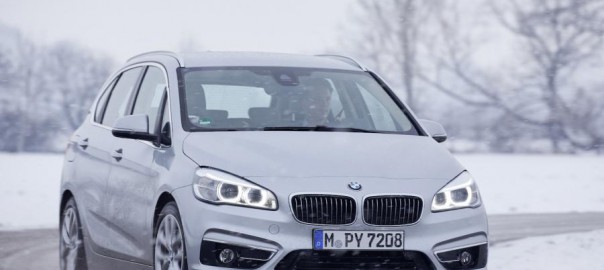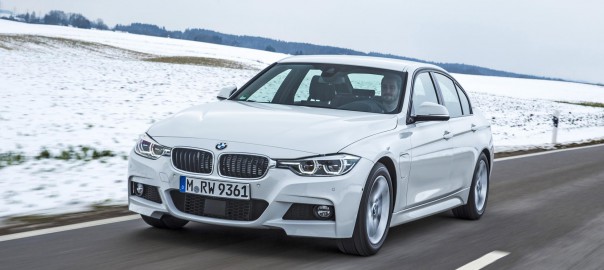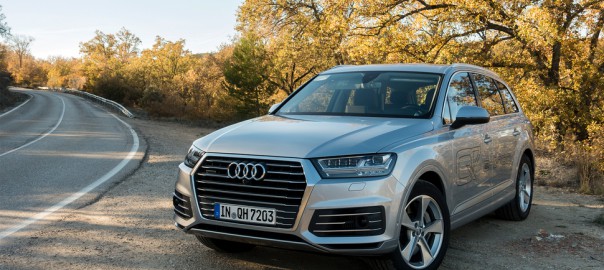BMW’s plug-in hybrid extravaganza continues with its 225xe Active Tourer, offering practicality allied to tiny CO2 emissions and pure electric drive

What is it?:
The BMW 225xe Active Tourer takes the fundamentals of the petrol-electric hybrid driveline layout first unveiled on the i8 sports car and turns it 180deg, creating an intriguing four-wheel-drive hatchback-cum-MPV capable of travelling up to 25 miles on electric power alone.
This allows the new five-seater to claim combined cycle fuel consumption of 141mpg and average CO2 emissions of just 46g/km on the controversial EU test cycle – figures that see it qualify for the UK government’s OLEV grant and mean it is exempt from congestion charges such as that in place in central London.
The new BMW is based around the front-wheel-drive 218i Active Tourer. However, some significant engineering changes have taken place to turn it into the four-wheel-drive 225xe Active Tourer, which is planned to go on sale in the UK in March at a price of £33,055.
While the i8 boasts electric drive on the front wheels, the imminently more practical 225xe employs electric drive on the rear wheels via a BMW-produced electric motor mounted within its rear axle assembly that delivers 87bhp and 122lb ft and provides drive via a fixed-ratio gearbox acting as a rear differential.
A similar change in configuration is reserved for the combustion engine. The turbocharged 1.5-litre three-cylinder petrol unit employed by the i8 sits in an east-west position behind the cabin and channels drive to the rear wheels, but the similar configured powerplant in the 225xe is mounted transversely up front and directs its reserves to the front wheels.
The petrol engine boasts the same tuning as that of the 218i Active Tourer, serving up 134bhp and 162lb ft on a reasonably wide band of revs between 1250 and 4300rpm. As on the i8, the moderate reserves are channelled through a six-speed automatic gearbox with paddle shifts mounted on the steering wheel.
Altogether, there’s a combined system output of 221bhp and 284lb ft. It’s not the most powerful 2-Series Active Tourer model, though. That honor rests with the 225i, whose turbocharged 2.0-litre four-cylinder petrol engine makes 228bhp and 258lb ft.
Electrical energy used to run the electric motor is sourced from a 7.6kWh lithium ion battery mounted underneath the rear seat in the same space as the fuel tank is located in conventionally powered Active Tourers.
As a result, the fuel tank has been reduced in capacity by 15 litres to 36 litres. It’s now also made of steel rather than plastic and is pressurised to allow petrol to be stored safely over longer periods if the 225xe is used predominantly in electric mode. The rear seat has also been raised by 30mm to accommodate the battery, which uses the same cells as that employed by the new 330e.
Even so, boot capacity has been reduced by 70 litres to 400 litres owing to the packaging of the power electronics in the front section of the boot floor.
Aside from a flap integrated in the front left-hand wing, housing the socket for charging cable, the 225xe looks like any other 2-Series Active Tourer. Recharging time on regular mains electricity is claimed to take 3hr 15min, with an optional high-power wall box reducing this to 2hr 15min.
Read more: Autocar




